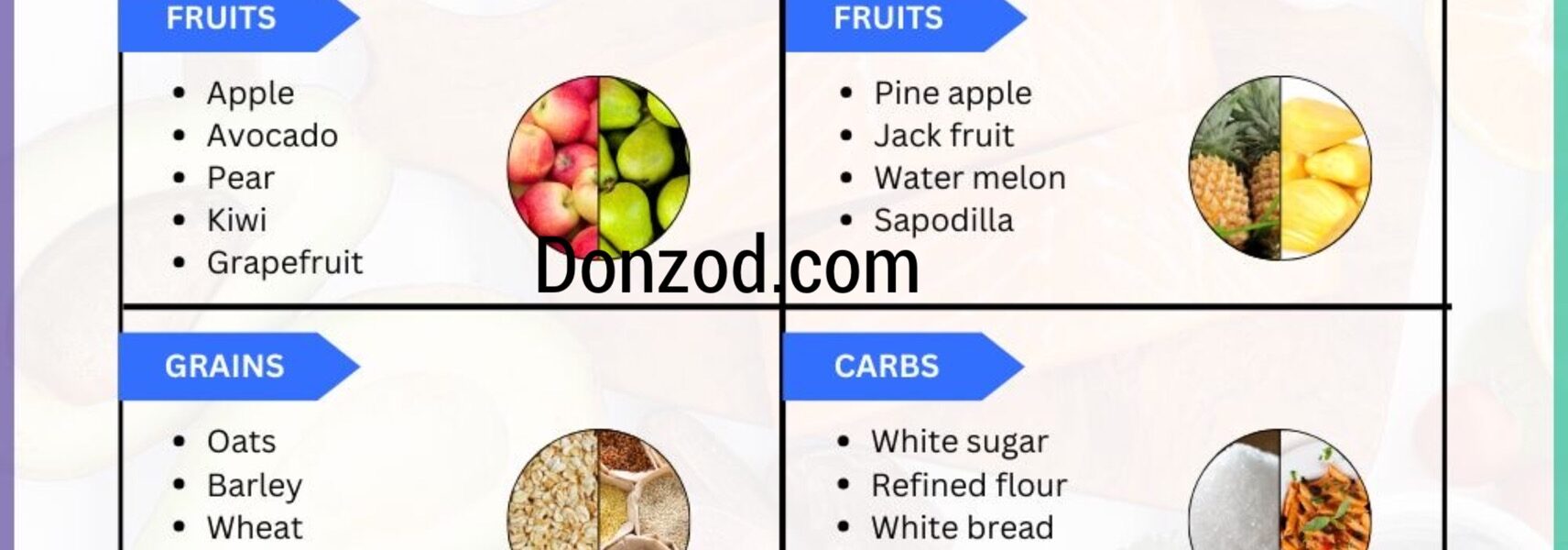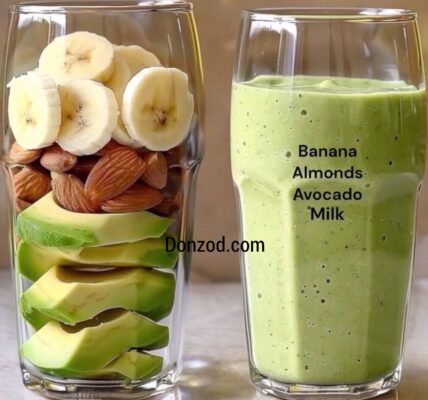Diabetic Food is necessary for those living with diabetes and comes with its fair share of challenges, and one of the most crucial aspects to managing it effectively is a well thought food plan.
Food for many is more than just sustenance, it is culture, celebration, comfort, and memory. However, when diabetes enters the picture, the relationship with food changes.
That change is necessary, and does not have to be a burden. With the right food plan in place, managing diabetes can become both sustainable and enjoyable.
Creating a diabetic food plan requires a balance of nutritional awareness, personal preferences, and lifestyle adjustments. Contrary to popular belief, there is no single diabetic diet. it is about making informed choices that keep blood sugar levels stable while also ensuring the body receives the nutrients it needs.
At the foundation of every diabetic food plan is the need to maintain stable blood glucose levels. When you consume carbohydrates, they are broken down into glucose, which enters the bloodstream.
For those with diabetes, the body’s ability to produce or respond to insulin which is the hormone that regulates blood sugar is impaired. This is why managing carbohydrate intake is so critical.
Carbohydrates are not to be disallowed completely, this is because they are a vital source of energy. The key lies in choosing the right type and amount.
Complex carbohydrates like whole grains, legumes, and vegetables digest more slowly, causing a gradual rise in blood sugar. Simple carbohydrates such as white bread, pastries, and soda, cause spikes in blood sugar and should be limited.
Beyond carbohydrates, it is essential to pay attention to proteins, fats, and fiber.
Proteins help with satiety and muscle maintenance, while healthy fats, such as those found in avocados, nuts, and olive oil, can improve heart health something particularly important for people with diabetes, who are at higher risk of cardiovascular disease.
Fiber on the other hand, slows the absorption of sugar and improves digestive health.
Components of a Balanced Plan Diabetic Food
1. Carbohydrates:
- Foods such as brown rice, quinoa, oats, lentils, and sweet potatoes are good for a diabetic patient.
- It is advisable to pair these with a source of protein or healthy fat to minimize blood sugar spikes.
2. Proteins:
- Essential but not excessive
- Lean meats like chicken, turkey, and fish are excellent sources of protein. Plant based options like beans, tofu, and lentils are also beneficial, especially as they often come with fiber.
- Eggs and dairy can be part of a diabetic friendly plan, but moderation is important, particularly due to their cholesterol and fat content.
3. Fats:
- Choose unsaturated over saturated fats, found in foods like nuts, seeds, and oily fish such as salmon and mackerel are good for the heart.
- Saturated fats from red meat and full fat dairy should be limited, and trans fats often found in processed snacks should be avoided altogether.
4. Fiber:
- Fiber helps regulate the body’s use of sugars, keeping hunger and blood sugar in check. Whole grains, fruits with skin, vegetables, legumes, and seeds should be part of the daily intake.
5. Fruits and Vegetables:
- While vegetables are generally low in calories and high in nutrients, some starchy vegetables like potatoes and corn need portion control. Fruits are rich in vitamins and fiber but can be high in sugar, so serving sizes and timing matter. Berries, apples, and citrus fruits are better options.
Mistakes to Avoid While Planning a Meal for a Diabetic Patient
Even with the best intentions, certain missteps are common in diabetic food planning. One of the biggest errors is skipping meals. Some people mistakenly believe that eating less will help manage their blood sugar.
However, skipping meals can actually lead to dangerous blood sugar fluctuations, especially for those on insulin or other medications.
Another mistake is relying too heavily on diabetic or sugar free products. These can sometimes be loaded with unhealthy fats or artificial sweeteners that may have other health implications. Reading food labels carefully is an important habit to develop.
Overconsumption of fruits, assuming they are always healthy regardless of quantity, is also a common issue. While fruits are nutritious, some, like mangoes and bananas, can cause sharp rises in blood sugar if not eaten in moderation.
Lastly, inconsistent portion sizes can sabotage a well structured food plan. Even healthy foods, when eaten in excess, can lead to weight gain and elevated glucose levels.
Daily Tips for Planning Diabetic Food
Meal timing matters:
- Try to eat at the same times each day. This consistency helps your body regulate blood sugar levels more effectively.
- Avoid going long periods without food, and aim for three balanced meals with one or two snacks, depending on your treatment plan.
Portion control:
- Use visual cues if you are not counting calories or carbohydrates.
- A good rule of thumb is to fill half your plate with non starchy vegetables, one quarter with lean protein, and one quarter with whole grains or starchy vegetables.
Stay hydrated:
- Water is always the best option.
- Sugary beverages should be avoided, and even fruit juices should be limited due to their high sugar content.
Plan ahead:
- Meal planning can go a long way in helping you stick to your food plan.
- Keeping healthy snacks on hand, like a handful of almonds or a boiled egg, can help prevent poor food choices when hunger strikes.
Keep a food diary:
- Tracking what you eat can reveal patterns and help identify foods that may cause blood sugar spikes.
- It is also a useful tool when working with a nutritionist or healthcare provider.
Do not ignore your cravings completely:
- Completely eliminating your favorite foods can backfire. Instead, learn to incorporate them occasionally in smaller portions.
- A small piece of dark chocolate or a few bites of your favorite dessert can often satisfy a craving without derailing your plan.
Food choices are deeply personal and often tied to cultural traditions. It is important not to view a diabetic food plan as a general solution. Someone in Nigeria, for example, might want to continue enjoying traditional dishes like moi moi, beans, or yam.
Instead of eliminating these, the goal should be to modify them. For instance, choosing boiled yam over fried, or using moderate palm oil in vegetable sauces, can make a difference.
Incorporating your cultural dishes into your diabetic food plan not only makes it more enjoyable but also makes it more likely that you will stick to it. A sustainable plan is one that works within your lifestyle.
Conclusion
Managing diabetes through diet does not mean giving up on food enjoyment. It is about being intentional, informed, and flexible.
A diabetic food plan should not feel like a punishment but rather an empowering tool to live a healthier life. There will be days when blood sugar levels are unpredictable, meals do not go as planned, or motivation dwindles. That is part of the journey.
Rather than striving for perfection, aim for consistency. Celebrate small victories and learn from setbacks. With time, building a balanced, nutritious, and satisfying diabetic food plan will become second nature.
The goal is not just to manage diabetes, but to thrive despite it. So, begin with small changes, be kind to yourself, and remember food is not the enemy, it is powerful in your journey to health.




